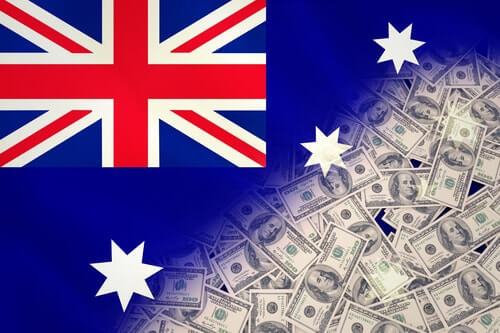One school of thought, led by Berkeley economist Brad DeLong, was that the damage from the pandemic panic and recession was so severe that the unprecedented amount of deficit spending and money printing combined with a zero-policy rate were all required to stimulate growth back to the pre-recession trendline and maximum real growth.
Any error in the form of too much stimulus could quickly be corrected by the Fed through rate increases. Too little stimulus might put the economy in another recession and a deflationary rut from which it would be extremely difficult to escape.
The opposing school, led by Harvard’s Larry Summers and Kenneth Rogoff, said that an economic recovery was on track after the 2020 relief bills. The economy was gradually reopening. A combination of declining caseloads, herd immunity and vaccinations were slowly bringing the pandemic to an end. Additional deficit spending of the kind Congress approved in March 2021 was unnecessary and risked throwing the economy into overdrive, with a high likelihood that excess demand with limited economic capacity would lead to inflation.
The bond market seemed to agree with the latter
The yield-to-maturity on the 10-year Treasury note rose from 0.91% on 4 January 2021 to 1.63% on 23 March 2021. That’s a huge increase in the arcane world of Treasury note trading.
Other voices offered one-off cautions. New York University economist Nouriel Roubini warned that even if Fed money printing did not stimulate the economy, it could generate asset bubbles that could burst and throw the economy back into recession, if not a full-blown financial panic. He pointed to extreme valuations in stocks, bitcoin, and speculative favourites like GameStop’s bid to ridiculous levels on the Robinhood trading app as examples of bubble behaviour.
All of these views have some merit, but they do nothing to clarify the environment. The best metaphor is that the Fed is searching for a hidden object while blindfolded in a dark room. Fortunately, there is some hard data to light the way.
How to Survive Australia’s Biggest Recession in 90 Years. Download your free report and learn more.
Inflation measures remain weak
The annual core consumer price inflation rate has been trending downward from 1.7% in September 2020 to 1.3% in February 2021. The overall consumer price inflation rate (including food and energy) has risen only modestly from 1.4% in September 2020 to 1.7% in February 2021. In essence, there is no significant inflation in the economy today despite massive fiscal and monetary expansion.
Retail sales fell 3% in February on a month-over-month basis after a January gain. The reason is not hard to explain. January retail sales were boosted by the $600 per person government handout at the end of December. February retail sales slumped because there was no government handout that month.
When the government distributes free money, sales pick up and then fall back when the handouts stop. How long can the government keep handing out the cheques? Handouts are a far cry from real growth.
The economy is sputtering
Further confirmation of a fundamentally weak economy came on 16 March 2021 when the US Commerce Department reported that February industrial production dropped 2.2% month-over-month.
The unemployment rate has dropped from 14.8% at the height of the recession in April 2020 to 6.2%. Still, that improvement masks the fact that the US unemployment rate, which includes those not counted in the labour force and those with part-time jobs who are seeking full-time jobs, is stuck at 11.1% — a level associated with economic depressions.
Meanwhile, average weekly earnings actually declined from US$1,045 in January to US$1,038 in February 2021. New claims for unemployment grew 770,000 in the week ending 12 March 2021, an increase over the prior week and the 52nd consecutive week of claims above the pre-pandemic record of 695,000 claims. Both data points are sure signs that we are a long way from a tight labour market.
Savers aren’t spenders
Finally, the personal savings rate has surged. From 2013 to 2020, the personal savings rate in the US has moved in a narrow band between 5% and 10%, with a central tendency around 7.5%. Immediately after the pandemic struck, the rate increased to 33.7% in April 2020. It declined to 12.5% by November 2020, then spiked again to 20.5% in January 2021.
The government can mail out cheques in the trillions of dollars as so-called COVID relief (really a new kind of welfare program), but people aren’t spending the money. They are largely saving the money, paying off debt (another form of saving), or investing in stocks, which feed asset bubbles. The result is low velocity or turnover of money and weak GDP growth despite massive money printing and deficit spending.
In short, the hard data paint a picture of low inflation, weak job creation, high savings, and only modest GDP growth going forward. Money printing doesn’t work because savings are high, and velocity is falling. Deficit spending doesn’t work because the debt is already too high, and Americans will save money in anticipation of higher taxes or higher inflation or both down the road.
There is a tug of war between inflation and deflation. I’ll discuss this in more detail in a future edition of The Daily Reckoning Australia.
All the best,
 |
Jim Rickards,
Strategist, The Daily Reckoning Australia
P.S: Our publication The Daily Reckoning is a fantastic place to start your investment journey. We talk about the big trends driving the most innovative stocks on the ASX. Learn all about it here.

